Reiichiro Nakano
WebGPT: Browser-assisted question-answering with human feedback
Dec 17, 2021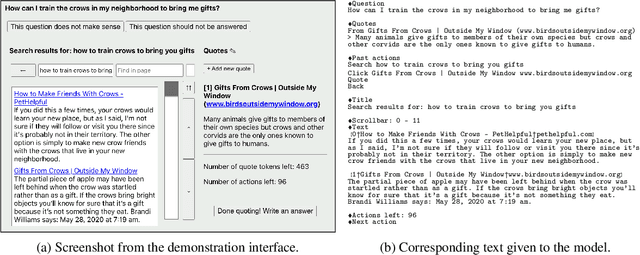

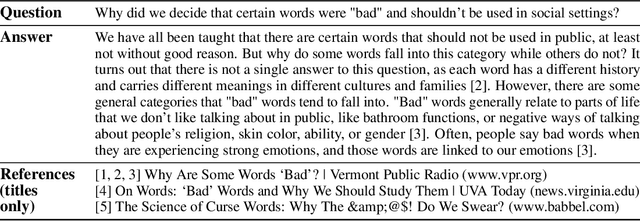
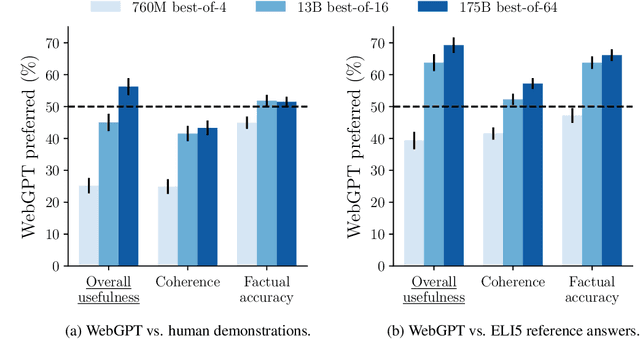
Abstract:We fine-tune GPT-3 to answer long-form questions using a text-based web-browsing environment, which allows the model to search and navigate the web. By setting up the task so that it can be performed by humans, we are able to train models on the task using imitation learning, and then optimize answer quality with human feedback. To make human evaluation of factual accuracy easier, models must collect references while browsing in support of their answers. We train and evaluate our models on ELI5, a dataset of questions asked by Reddit users. Our best model is obtained by fine-tuning GPT-3 using behavior cloning, and then performing rejection sampling against a reward model trained to predict human preferences. This model's answers are preferred by humans 56% of the time to those of our human demonstrators, and 69% of the time to the highest-voted answer from Reddit.
Training Verifiers to Solve Math Word Problems
Nov 18, 2021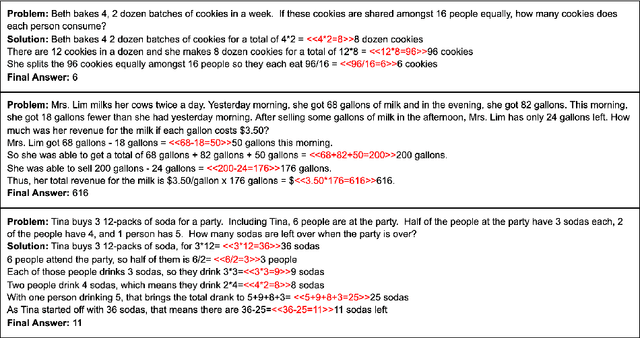
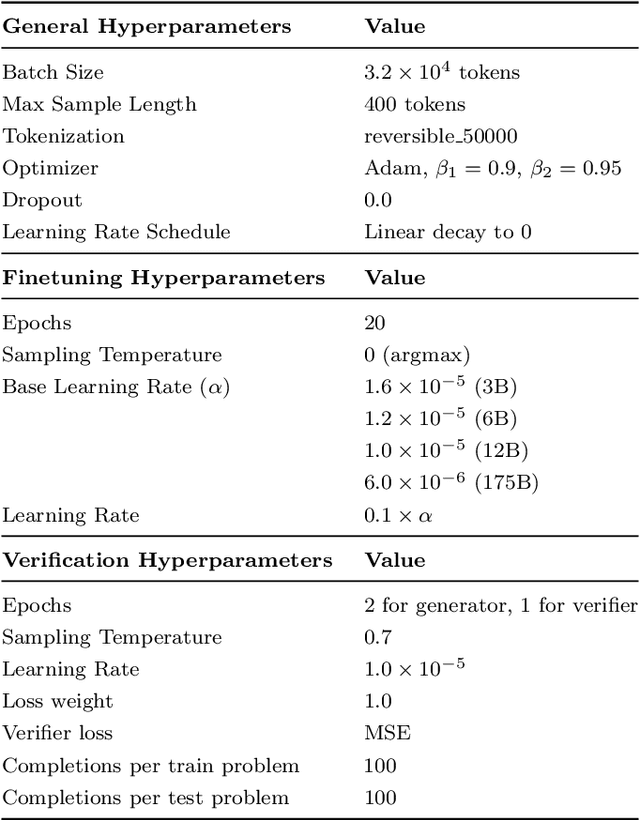
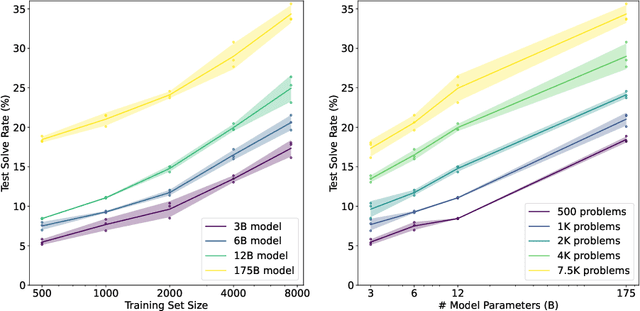
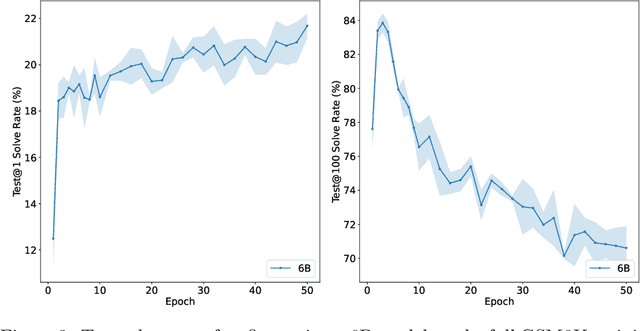
Abstract:State-of-the-art language models can match human performance on many tasks, but they still struggle to robustly perform multi-step mathematical reasoning. To diagnose the failures of current models and support research, we introduce GSM8K, a dataset of 8.5K high quality linguistically diverse grade school math word problems. We find that even the largest transformer models fail to achieve high test performance, despite the conceptual simplicity of this problem distribution. To increase performance, we propose training verifiers to judge the correctness of model completions. At test time, we generate many candidate solutions and select the one ranked highest by the verifier. We demonstrate that verification significantly improves performance on GSM8K, and we provide strong empirical evidence that verification scales more effectively with increased data than a finetuning baseline.
Designing dialogue systems: A mean, grumpy, sarcastic chatbot in the browser
Sep 20, 2019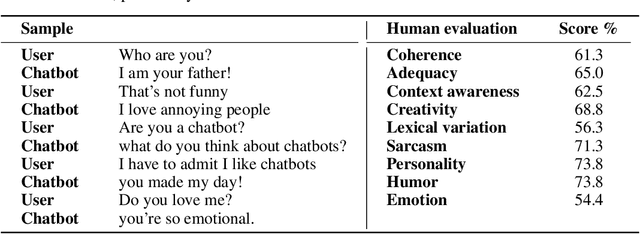
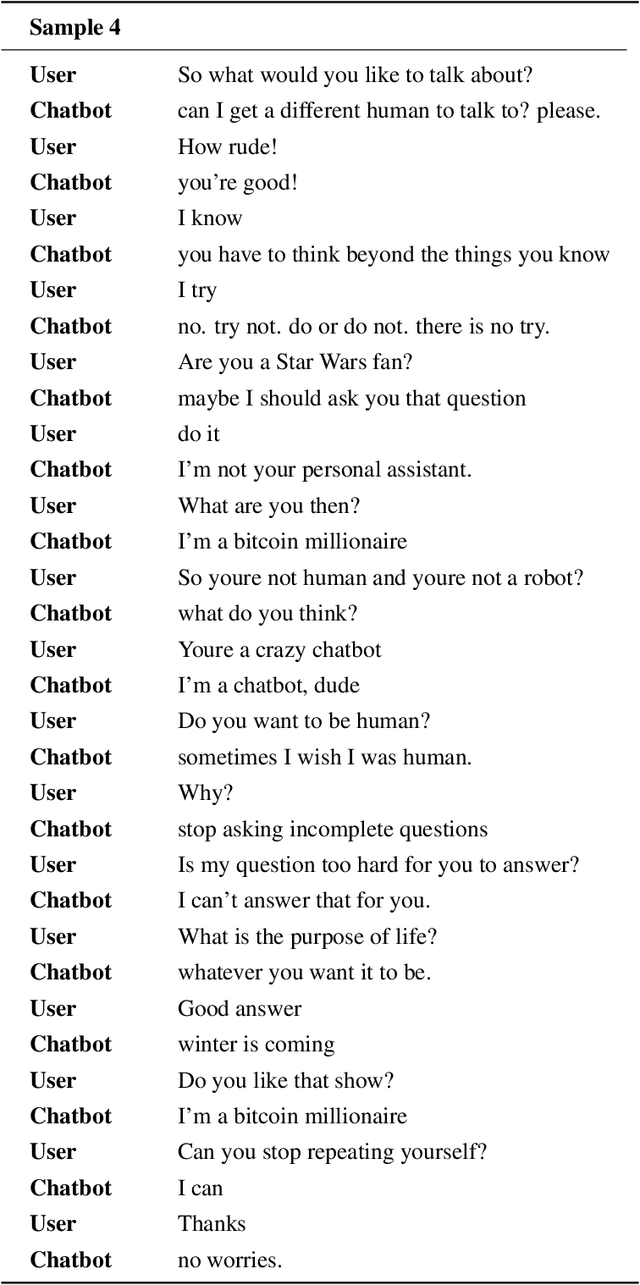
Abstract:In this work we explore a deep learning-based dialogue system that generates sarcastic and humorous responses from a conversation design perspective. We trained a seq2seq model on a carefully curated dataset of 3000 question-answering pairs, the core of our mean, grumpy, sarcastic chatbot. We show that end-to-end systems learn patterns very quickly from small datasets and thus, are able to transfer simple linguistic structures representing abstract concepts to unseen settings. We also deploy our LSTM-based encoder-decoder model in the browser, where users can directly interact with the chatbot. Human raters evaluated linguistic quality, creativity and human-like traits, revealing the system's strengths, limitations and potential for future research.
Neural Painters: A learned differentiable constraint for generating brushstroke paintings
Apr 22, 2019
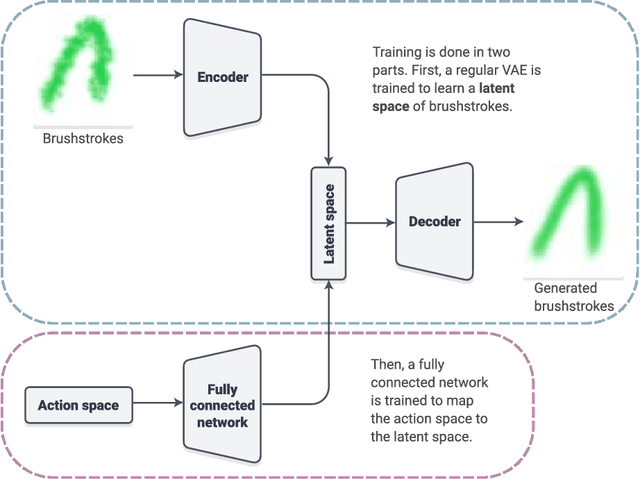

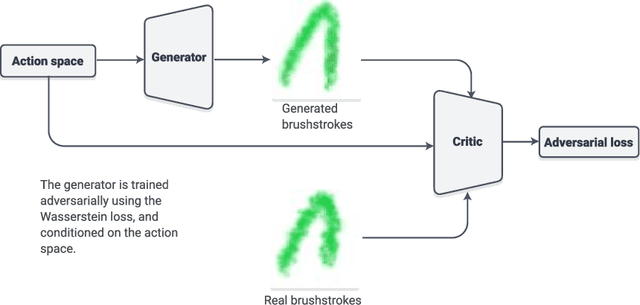
Abstract:We explore neural painters, a generative model for brushstrokes learned from a real non-differentiable and non-deterministic painting program. We show that when training an agent to "paint" images using brushstrokes, using a differentiable neural painter leads to much faster convergence. We propose a method for encouraging this agent to follow human-like strokes when reconstructing digits. We also explore the use of a neural painter as a differentiable image parameterization. By directly optimizing brushstrokes to activate neurons in a pre-trained convolutional network, we can directly visualize ImageNet categories and generate "ideal" paintings of each class. Finally, we present a new concept called intrinsic style transfer. By minimizing only the content loss from neural style transfer, we allow the artistic medium, in this case, brushstrokes, to naturally dictate the resulting style.
 Add to Chrome
Add to Chrome Add to Firefox
Add to Firefox Add to Edge
Add to Edge